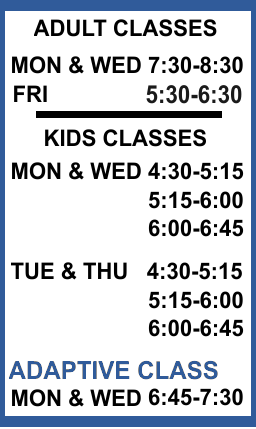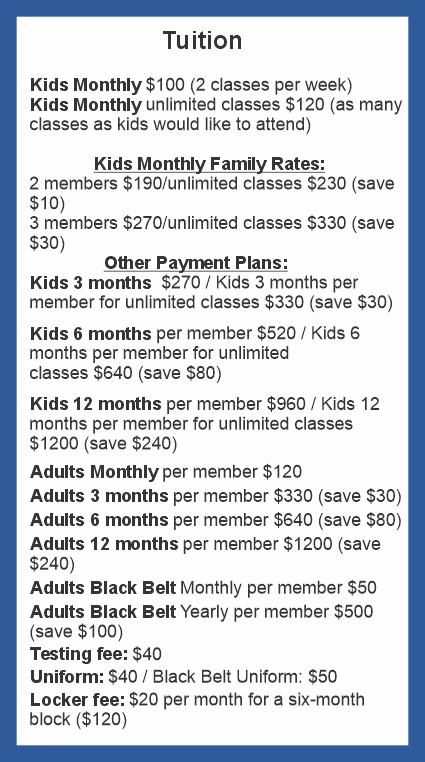
-
What isTaeKwonDo?
TaeKwonDo's origins go back thousands of years in the penninsula of Korea.
Several separate Korean arts that emphasized different aspects of the martial
art were brought together & named "TaeKwonDo" in the1950's. In the 1970's the
art was named a national sport in Korea as the emphasis started to shift to a
sport that would appeal to the International Olympic Committee. TaeKwonDo is
now an Olympic sport and for many has changed its emphasis from a self-defence
system to a sport.
Traditional TaeKwonDo retains the devastating arsenal of kicks as well as the training
of weapons, throws, punching and joint locks. Traditional TaeKwonDo is not a hard
contact sport for the young but rather a life-long study for self-perfection as well as
self-protection.see Wikpedia for a longer definition & history
http://en.wikipedia.org/wiki/Taekwondo
Portal to Taekwondo sites http://www.martialhub.com/korean/taekwondo.htmlOur Style (kwan) of Taekwondo
Chang Moo Kwan Chang
Moo Kwan was founded
in 1946 by Yoon, Byung In. During the Japanese occupation, Yoon is
said to have studied a Chinese system of self defense in Korea
known as, Joo An Pa -- more commonly known as, Chuan Fa. He then
relocated to Japan to attend Nihon University. While there, he
studied Karate under the direction of Kanken Toyama, founder of
Shudokan Karate. It is claimed that he eventually earned the rank
of 4th Dan Black Belt in this sytem of Karate. It is also stated,
in some documents, that he was the Captain of the Karate Team at
Nihon University -- though there is no substantiated data to prove
this claim.
Chang
Moo Kwan was founded
in 1946 by Yoon, Byung In. During the Japanese occupation, Yoon is
said to have studied a Chinese system of self defense in Korea
known as, Joo An Pa -- more commonly known as, Chuan Fa. He then
relocated to Japan to attend Nihon University. While there, he
studied Karate under the direction of Kanken Toyama, founder of
Shudokan Karate. It is claimed that he eventually earned the rank
of 4th Dan Black Belt in this sytem of Karate. It is also stated,
in some documents, that he was the Captain of the Karate Team at
Nihon University -- though there is no substantiated data to prove
this claim.Upon Korean independence, Yoon returned to his homeland and in 1946 opened the YMCA Kwon Bup Bu or Chang Moo Kwan. Initially, he had over five hundred students. But, his training method was so severe that it is rumored that less than two hundred students remain after only a few months.
Yoon, Byung In became missing-in-action during the Korean War. After the war, two of Yoon's senior students: Lee, Nam Suk and Kim Soon Bae reopened the school at the YMCA.
- Great Grand Master Soon Bae Kim was the head of the Chang Moo Kwan up until his death in 2014. Great Grand Master Moo Yon Yun




